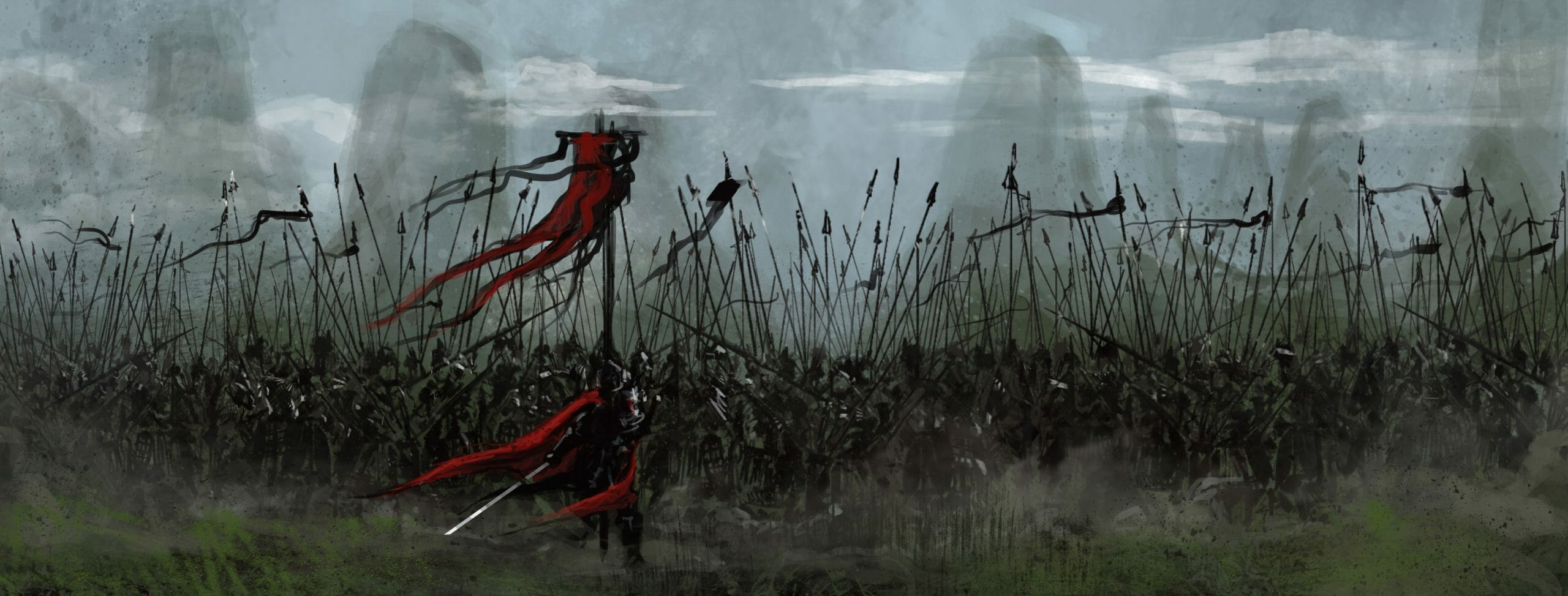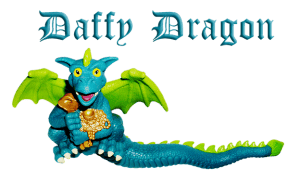As an amateur hobbyist and new to the (V)TTRPG community as player and GM my response is more speculative and impressionistic, various scattershot ideas fired into the massive thicket of rpg adventures and rulesets with the hope that a few adaptable concepts emerge. These thoughts are more of a “how I might handle” rather than a “how I’ve handled” mass combat, and where mass combat sequences are larger story elements in a traditional party-based adventure with a gamemaster and four to six players.
(Fantasy hybrid games with two different encounter mechanics a la Starfinder with party-based combat vs starship combat.)
First and foremost the storytelling goal of any grand adventure is to dynamically entertain the players. They must feel that the fate of their world hinges on their actions and every decision is not only potential life or death for them, but success or failure for their quest. The combat mechanics goal of mass encounters is to serve the story through simplicity of design, ease of functionality and quickness of pace.
By chance I was listening to the masterful Rob Inglis reading of The Lord of the Rings and at the “Siege of Gondor / Battle of Minas Tirith” section of the tale when the question arose of how to handle mass combat. I believe this makes a great template for story driven mass encounters that keep players on the edge of their seats, immersed in the flow and contantly adapting to precarious situations.
From the primary story-adventure perspective Here’s basically how the narrative genius of Tolkien operates in this manner (summarized, re-ordered and revised so there are no spoilers).
Note: including flavor text, powerful images, background sound elements/sfx, and pre-combat story background is important so the back and forth doesn’t seem arbitrary and mechanical.
- Side A and Side B are in combat.
- Side A is winning and appears to be the victor.
- Suddenly Side B is bolstered by surprise reinforcements. (e.g. a hero or villain NPC rides in an army of humanoids/monsters)
- Side B then appears to be winning.
- Side B is decimating Side A when suddenly a Side A hero or villain super-magic-user performs self-sacrifice to inflict a horrendous curse upon Side B.
- That curse turns the tide of battle again as Side B begins to lose again.
- Just as Side A is winning again another army is spotted to join the fray carrying the banners of Side B and it looks like all is lost for Side A, however the banners are false flags and they are really reinforcements for Side A and Side A emerges victorious.
A Few Thoughts on Mechanics
There are as many different mass combat storytelling scenarios in the world as there are creative minds of gamers who imagine them. Keep in mind, the following thoughts on possible mass combat mechanics, are put forward in the larger context that this is predominantly a standard party-based (V)TTRPG where the main elements are exploration, investigation, quests and party combat and the like.
- Simple mechanics for complex encounters: to generate and maintain excitement and involvement in mass combat battles it is vital the mechanics are streamlined. There should be only 2 actions maximum per MCU (mass combat unit) – move action and regular action.
- Move Action can be advance, retreat, strategy (e.g. go for cover)
- Regular Action can be fight (melee/ranged), offensive-defensive-buff spellcasting (limit to a very few battle spells) or healing.
- Zoom In – Zoom Out approach: to increase cinematic immersion and emotional engagement major MCUs should have either a well defined PC as leader, or a narratively defined NPC, as a focal point within a battle/siege encounter. This will also increase the story-telling and imagination elements needed for an immersive mass combat experience.
- Players or guest-participants to take-on “cameo” roles of mass combat heroes and villains.
- Brief flavor-text and story-telling interludes to remind all of the importance of this mass combat.
- The Dilemma Mechanic: oft scene in smaller, regular (V)TTRPG party encounters, mass combat can also be made exciting and the subject of numerous momentous choices. For example, an MCU is confronted with the fateful choice (presumably it’s an either/or situation, no time to do both)
- Should the MCU destroy the bridge over the river that the evil enemy army is about to cross which will give them advantage to attack the castle or decimate the good troops?
OR - Should the MCU try to save the orphanage that’s located in a temple another force of the evil enemy army is about to attack?
OR - Can the Players or GM devise the narrative circumstances to accomplish both?
- Should the MCU destroy the bridge over the river that the evil enemy army is about to cross which will give them advantage to attack the castle or decimate the good troops?
- I would suggest treating “Siege Engines” such as siege towers, battering rams, catapults, trebuchets, sapper units [= burrowing worm creatures] etc. as each being unique NPC “monsters” in and of themselves and not attach units to them. More easy-peasy.
Variations on Mechanics
I can think of a large variety of potential mechanics that involve players and mass combat variant setups and designs, as I am sure many gamers can. What rules them all should be the primary features of the mass combat mechanics, as stated earlier: an elegant simplicity of design and function, fast-paced, with subjective and contextual focal points.

Toward a Truly Epic Game Structure
Epic fantasy and sci-fi stories seamlessly alternate between large-scale battles and wars (the kingdom of good vs the empire of evil) and the DnD/PF/etc party level quest missions. The worlds of Tolkien, CS Lewis, Robert Jordan, Frank Herbert, Edgar Rice Burroughs et al. emcompass and require both hero-party-scaled focus for quests and large troop-squad elements for battles and wars.
The large scale Good vs Evil creates the epic universe wherein the extraordinary consequence of the party oriented quests and actions are defined, or infused, by the realization that failure means either the end of the world, or at least resulting in a world of chaos, darkness and subjugation.
The smaller scale, but no less significant interweaving of party based questing that is aligned with defeating an ultimate evil is important is that it gives the gaming personality beyond the impersonal troop vs troop interplay. Thus it supplies the personal dimension, the individuality of separate character adventurers.
(V)TTRPGs that are solely party oriented and have adventures that are resolved by a handful of characters do not achieve this magnitude, the mythic good or evil outcome of an entire world. Even if the party defeats a BBEG that can cause such destruction, the gaming atmosphere throughout lacks a large-scale universal focus of all-or-nothing. Party-based alone cannot accomplish this, nor can the fantasy strategy games.
How to accomplish? I believe a truly epic game finds or creates a methodology that incorporates both a mass combat war alternating with crucial party combat, all encompassed by a great story.
For example, since I’m finishing up the Return of the King audiobook this epic-plus-party mix is fresh in my mind:
… towards the end of the War of the Ring you have both the large scale battle (Battle of the Pelennor Fields) and then the novel cinematically does a zoom-in on the party-plus-heroes encounter of Theoden, Eowyn and Merry vs the chief Nazgul, the Witch-king of Angmar.
If either the party-level encounter or the large scale troop battle are absent, the epic is lost.
Daffy Dragon is an ordinary sexagenarian guy who loves fantasy, rpg and strategy gaming, with an intense aversion to social media. Connect with him (Auldryn#0570) on Discord!

Darkness Rises, and the Time is Now…
Align with House AAW and be the first to uncover new quests, ancient powers, and revelations from the Underworld.







